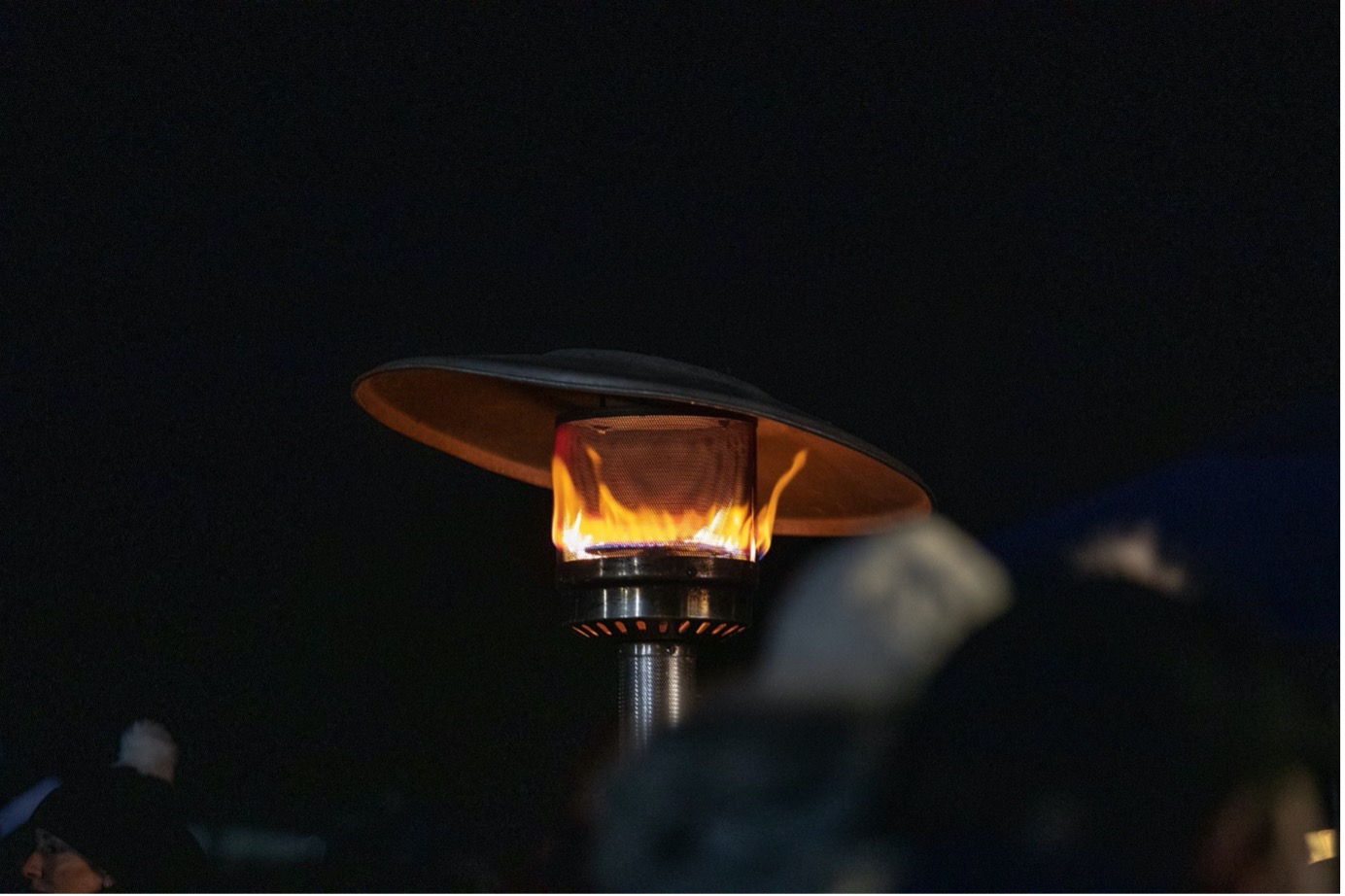What is a Radiant Heater and When Should You Use One?
2021.12.28
Radiant heat is transmitted through electromagnetic waves. These waves are received and absorbed, and their energy is transformed to heat. The radiant energy is absorbed by the things in the room, which heats the environment in the same way that your clothes absorb sunlight. Radiant heaters, like the sun, can heat without coming into direct contact with the source of heat. In an industrial setting, commercial electric radiant heaters are useful when you don't want to come into direct touch with the object you're heating or when you don't want to contaminate it.

Radiant heating systems deliver heat directly to a home's floor, as well as to panels in the walls and ceiling.
How Do Radiant Heaters Work?
Radiant heaters work by emitting infrared radiation, as their name suggests. At a rate proportionate to their temperature, all objects emit energy in some form. Radiant heaters emit infrared energy in the form of invisible electromagnetic waves that are absorbed by the objects in their path. You've probably felt radiant heat if you've ever sat in front of a campfire.
Radiant heat is distinct from conduction or convention heat in that it is directed and unaffected by the medium through which it travels, and it does not lose heat as it moves through the air. The waves travel in a straight line until they are absorbed by your clothing, skin, and material, warming you up swiftly.
When to use a radiant heater?
When a radiant heater is put close to the people or objects that need to be kept warm, it will perform far more efficiently. It doesn't matter if the room is open or closed in this case because it's the individual people or objects that are being heated, not the air itself. Furthermore, because radiant heaters do not use blown air to heat a room and hence do not create a draft, they can be lifesavers for those with allergies, asthma, or other breathing problems.
Finally, radiant heaters are suitable for rooms that are smaller in size and maybe left unattended for longer durations during the day or night. You can use them in your bathrooms, basements, garages, patios, and even in your workspace.
What are the benefits of a radiant heater?
1. When compared to comparable convection heating systems that utilize the same fuel to create the same BTUs of heat, radiant heating systems save energy.
2. The radiant heating system is subtle, it is not visible in the inhabited room, which saves valuable floor space.
3. The convection air movement is reduced to a minimum by radiant heating systems, which eliminates the circulation of dust and allergic particles. It consumes no oxygen, produces no smoke, and keeps a consistent hygrometry level.
4. Radiant heating installation is inexpensive and the system does not require any maintenance after it is deployed.
Wrapping up!
If your budget is completely unrestricted, we recommend a radiant heating system. A radiant heating system will provide more consistent heating for your home while also being more energy-efficient.
More Articles
Copyright © Fooyoh.com All rights reserved.